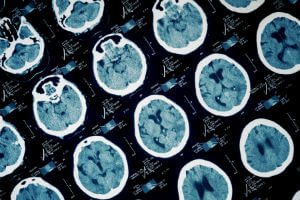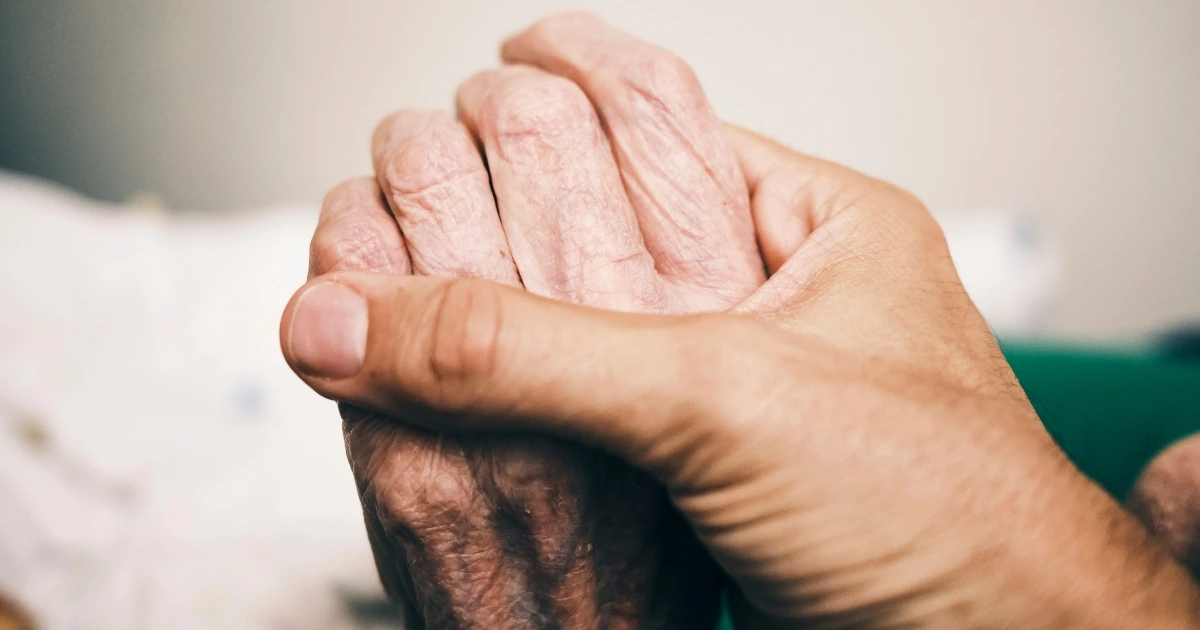 Nursing home residents are already in declining health, which is why brain injuries can be particularly debilitating. Severe brain injuries can cause blood clots and potentially fatal complications. These injuries could also increase the risk of developing dementia.
Nursing home residents are already in declining health, which is why brain injuries can be particularly debilitating. Severe brain injuries can cause blood clots and potentially fatal complications. These injuries could also increase the risk of developing dementia.
If your loved one sustained a brain injury in a nursing home, you should contact a nursing home abuse lawyer right away. An attorney may be able to pursue compensation for your loved one’s medical bills and the effect on his or her quality of life.
Types of Brain Injuries that Often Occur in Nursing Homes
Nursing home residents are at risk for a variety of traumatic brain injuries (TBI). Some of the most common types of brain injuries suffered by nursing home residents include:
Concussions
These injuries occur when the brain is jolted back and forth after a hit to the head or body or some other type of severe trauma, such as being violently shaken. Movement of the brain can cause it to twist and possibly damage brain cells.
Sometimes the injury causes the victim to temporarily lose consciousness. Victims can also experience:
- Headaches
- Concentration problems
- Memory loss
- Disorientation
- Mood swings
- Trouble understanding directions
- Potentially fatal blood clots
Contusions
These occur when someone is hit in the head and brain tissue is bruised. The bruise causes bleeding in the brain, and the more severe the bruise, the more severe the injury.
Contusions occur directly under the impact site, known as a coup injury, or on the opposite side of the brain, known as contrecoup injuries.
A severe contusion could result in the following symptoms:
- Confusion
- Fatigue
- Emotional distress
- Agitation
- Swelling of the brain
- Reduction in the brain’s oxygen supply
Diffuse Axonal Injury
This injury causes damage to the brain’s white matter. It is often the result of a fall, physical abuse, or violent shaking. The brain does not move with the skull, which causes tissues in the brain to tear.
A diffuse axonal injury could result in unconsciousness or a coma that leaves the victim in a persistent vegetative state. If the victim regains consciousness, he or she may have a variety of functional impairments, including impairments in speech, movement and cognitive functioning.
Hematomas
These occur when blood pools in the tissues outside of blood vessels in the brain. These injuries could be a result of contusions that resulted in significant bleeding.
There are a few different types of hematomas:
Epidural Hematoma
These occur when there is bleeding between the skull and the outermost layer of the protective membrane around the brain. There is often a delay between the development of an epidural hematoma and the trauma that caused the bleeding.
Subdural Hematoma
A subdural hematoma occurs when the blood gathers between the outermost layer and the middle layer of the membrane surrounding the brain. These put pressure on the outside of the brain, compressing it. These often happen to elderly people after a fall.
Subarachnoid Hemorrhage
This brain injury is associated with a loss of consciousness, sharp headache and vomiting. The injury occurs when there is bleeding between the middle and innermost layer of the membrane around the brain.
Long-Term Effects of Brain Injuries
One of the biggest dangers of a TBI is it will lead to long-term problems for the victim, such as personality changes, altered speech, emotional problems or limitations on the use of the arms or legs.
In the elderly, particularly those residing at nursing homes, brain injuries could lead to the onset of dementia. This is a condition that can impair memory, reasoning, judgment, communication and visual perceptions.
A study published in the Journal of the American Medical Association Neurology in 2014 revealed that individuals who suffered a brain injury at 55 years of age or older had an increased risk of developing dementia.
Researchers used a California database of emergency room visits to identify 164,661 patients who were 55 and older and were diagnosed with TBI trauma or non-TBI trauma in 2005 and 2006. They found that 8.4 percent of patients with TBI trauma developed dementia, compared to just 5.9 percent of those who were diagnosed with non-TBI trauma.
Researchers found that average time between the brain injury and the diagnosis of dementia was 3.2 years.
Causes of Brain Injuries
Some of the most common causes of brain injuries in elderly residents of nursing homes include:
- Physical abuse, including shaking or hits to the head
- Infections
- Seizures
- Tumors
- Metabolic disorders
- Toxic chemical exposure
- Drug overdose
- Lack of oxygen
- Stroke
Falls
Falls are a leading cause of traumatic brain injuries among the elderly living at nursing homes. These individuals often have limited mobility because of age or other health issues. There are a large number of nursing home residents who cannot walk at all, and end up falling out of bed or their wheelchairs
Fall injuries are often the result of negligent conduct by nursing homes, such as:
- Failing to adjust bed heights correctly
- Not securing bed rails properly
- Failing to properly adjust wheelchairs
- Slippery floors
- Trip hazards present on floors
- Failing to clean up spills where patients walk
- Failing to train residents on proper caretaking procedures
- Understaffing
Holding Nursing Homes Accountable
If you believe that your loved one sustained a brain injury in a nursing home because of abuse or neglect, contact our firm to schedule a free, no-obligation consultation.
A skilled nursing home abuse lawyer from PKSD can investigate your claim to determine whether your loved one is owed compensation. We will not charge for our services unless you receive the compensation you deserve.
Call us today at 414-333-3333 or complete a Free Case Evaluation form.





